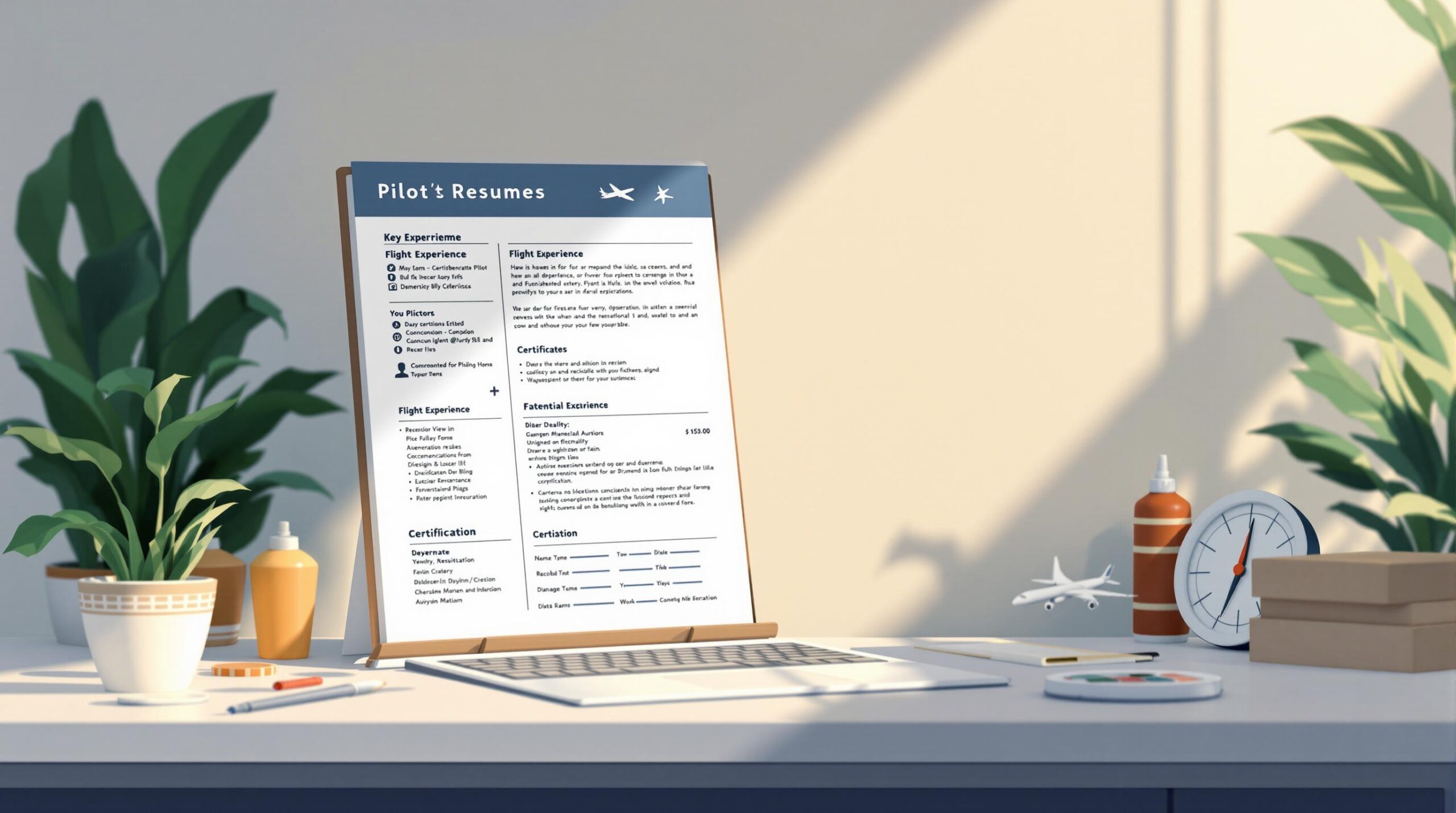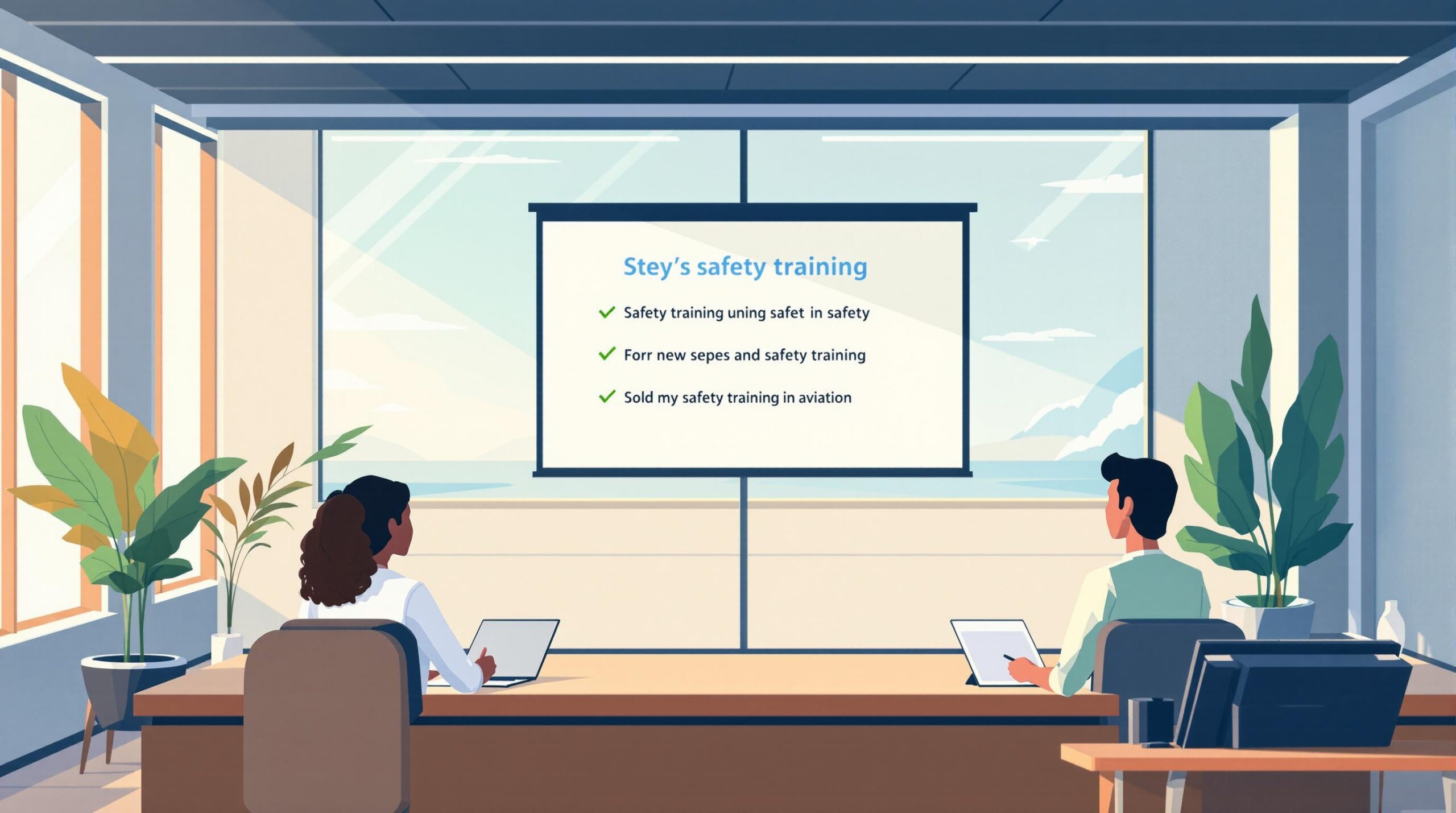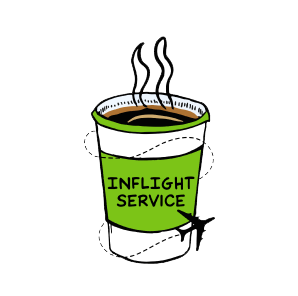Accurate pilot applications are critical for career success in aviation. Even small errors – like incorrect flight hours or inconsistent details – can lead to rejections. This guide focuses on avoiding common mistakes and using tools like Pilot Pathfinder to streamline the process. Here’s what you’ll learn:
- Key Components of Applications: Logbooks, resumes, and forms must align perfectly.
- Common Errors: Misreported flight hours, incomplete forms, and inconsistent data.
- Tools to Simplify the Process: Use apps like Pilot Pathfinder or LogTen Pro for automation and error-checking.
- Tips for Accuracy: Regularly update records, use HH:mm time format, and customize applications for each airline.
Automation tools reduce errors, but personal reviews are essential to maintain accuracy and professionalism. Start with precise logbooks, tailored resumes, and error-free forms to stand out in the competitive aviation job market.
Most Common Logbook Mistakes That Are Killing Your Flight Hours
Main Parts of a Pilot Application
A pilot application has three key components, each playing an essential role in presenting your qualifications and professionalism to potential employers. Let’s break them down.
Logbooks
Logbooks are official records that document your flight history. They must include details like flight dates, times, aircraft types, and specific experiences. Key entries to track include total flight time, takeoffs and landings (both day and night), instrument time (actual and simulated), and cross-country routes. Double-check your records against aircraft logs, tower data, instructor sign-offs, and navigation logs for accuracy.
Tools like Pilot Pathfinder can help streamline this process by automating military-to-civilian conversions and securely managing your records.
While your logbook provides the raw data, your resume and cover letter transform that information into a story that resonates with hiring managers.
Resumes and Cover Letters
Aviation resumes aren’t your standard job resumes – they’re tailored to showcase your certifications, ratings, and flight hours in a clear and concise format. Research the preferences of each airline you’re applying to and adjust your resume to highlight what they value most.
"Sending a generic cover letter shows laziness, and it’s the quickest way to ensure your application goes straight onto the ‘no’ pile."
To craft an effective pilot resume, focus on:
- Highlighting your certificates and ratings
- Breaking down flight hours by aircraft type
- Detailing specific airline experience and routes flown
- Including recent training and your current status
Once your resume and cover letter are ready, the next step is to ensure your application forms align perfectly with these documents.
Application Forms
Application forms tie everything together, linking your qualifications to what the airline is looking for. Mistakes or inconsistencies here can lead to automatic disqualification.
When completing these forms:
- Cross-check entries with your logbook to ensure accuracy
- Double-check certification numbers and dates
- Attach all required supporting documents
- Review military records carefully, if applicable
Pilot Pathfinder’s auto-fill feature can help maintain consistency and reduce the chance of errors.
These forms are your final opportunity to present a cohesive and error-free application. Inconsistencies between your logbook, resume, and application form can raise concerns during the review process, so make sure everything aligns perfectly.
Tools to Improve Application Accuracy
Advancements in technology have transformed how pilots handle their applications, offering tools that minimize mistakes and simplify the process.
Pilot Pathfinder: Simplifying Application Management

Pilot Pathfinder connects seamlessly with logbook data to automate application tasks, reducing errors and aligning with airline standards. Features include automated form filling, secure logbook integration, and military hour conversion, ensuring accurate and consistent data. It also provides tools for building resumes and preparing for interviews, helping pilots present their best selves.
The platform offers both free and paid plans. Upgraded tiers, such as Pro and Enterprise, include extras like interview preparation, resume creation, and team collaboration features.
While Pilot Pathfinder is a strong option, exploring other tools can help you find one that matches your specific needs.
Comparing Application Management Tools
The right tool depends on factors like your logbook’s complexity, platform preferences, and budget. Here’s a quick side-by-side comparison:
| Tool | Key Features | Price | Best For |
|---|---|---|---|
| LogTen Pro | Customizable fields, 100+ reports | $19.95 + $50/year | Pilots needing detailed tracking |
| Safelog | Multi-platform support, web access | $46/year (web-only) | Pilots requiring access across devices |
How These Tools Minimize Errors
Digital tools make managing applications easier by automating calculations, checking for errors, and ensuring consistency across all documents. For example, LogTen Pro eliminates manual discrepancies with electronic logging, while Pilot Pathfinder ensures accurate reporting through military hour conversion.
Key benefits include:
- Automated hour calculations
- Error-detection features
- Monitoring for regulatory compliance
- Consistent data across all documents
To get the most out of these tools, keep your records updated and well-organized. Whether you choose a comprehensive solution or a specialized logbook app, regular use ensures accuracy throughout your application process.
sbb-itb-de05b1b
Tips for Ensuring Accuracy
Keeping Logbooks Accurate
Accurate logbook records are a must for any pilot application. The best way to ensure this is to record flight details right after each flight when the details are still fresh. Use standard airport codes (ICAO/IATA) and double-check time formats to avoid mistakes.
When logging flight hours, stick to the HH:mm format (e.g., 0:30 for 30 minutes). This helps prevent errors in calculations. If you’re a military pilot transitioning to civilian aviation, pay extra attention to converting your flight hours correctly.
Remember, accurate logbooks are just one part of the process – regularly reviewing your entire application is equally important.
Reviewing Application Data
Did you know that 15% of pilot applications are incomplete, and 18% fail to meet eligibility criteria? To avoid these pitfalls, make reviewing your application a habit:
| Review Component | Key Check Points | Frequency |
|---|---|---|
| Personal and Certification Details | Ensure name consistency, correct date formats, and valid certification dates | Quarterly |
| Flight Hours | Verify totals across sections and ensure proper formatting | After each flight |
Taking time to review your application not only ensures accuracy but also positions you as a serious candidate.
Customizing Applications for Airlines
Start with a master application document and customize it for each airline. Align your flight experience with their preferred format and highlight qualifications and skills they prioritize. This could include specific type ratings or specialized training.
Keep your application up to date by adding new flight hours and certifications at least once a month. Customizing your application shows attention to detail – something the aviation industry values highly.
If your application feels too complex, or you’re unsure about its completeness, consider using professional review services. Keep in mind, the hiring process can take 12 to 24 months from application to receiving a conditional job offer, so accuracy and thoroughness are key.
Conclusion and Key Points
Accuracy in pilot applications is more than just a detail – it’s a reflection of the precision airlines expect. Mistakes can cost you opportunities or even stall your career. Tools like Pilot Pathfinder simplify the process by automating tasks and ensuring your applications are consistent and error-free.
With the aviation industry embracing digital solutions, these tools are becoming central to the hiring process. While automation helps reduce errors, it’s still essential to personally review your applications to maintain accuracy.
Key Factors for Accurate Pilot Applications
| Factor | Impact | Best Practice |
|---|---|---|
| Regular Updates | Avoids inconsistencies | Log flights immediately after they occur |
| Technology Integration | Minimizes manual mistakes | Use automated tools for precision |
Accurate applications not only enhance your credibility but also signal your reliability to airlines. This can lead to quicker career advancements and stronger professional relationships.
Accuracy Checkpoints You Shouldn’t Miss
- Use the HH:mm format to standardize flight hour calculations.
- Review certification dates and ratings every quarter.
- Double-check that your personal details match across all documents.
- Provide exact information for type ratings and specialized training.
FAQs
What is a good objective for a pilot resume?
A strong pilot resume objective should clearly highlight your key skills and career goals in a way that grabs the attention of airline recruiters. Here’s an example of how to structure it:
"Experienced in flight planning, navigation, and emergency procedures. Skilled in flight operations, aircraft maintenance, and team coordination. Proven leadership abilities and dedication to safety, developed through extensive military training and operational experience."
Different aviation roles require tailored objectives. For instance:
- Commercial airline roles focus on operational efficiency and passenger safety.
- Medical transport positions prioritize emergency protocols and patient care.
- Military transition roles emphasize tactical skills and crew collaboration.
When writing your objective, aim to:
- Highlight relevant skills: Focus on technical and operational expertise specific to the job.
- Stress safety commitment: Show your dedication to safety standards and procedures.
- Include experience: Mention flight hours or specialized training when applicable.
- Match the job requirements: Refer to earlier tips on customizing your application.




